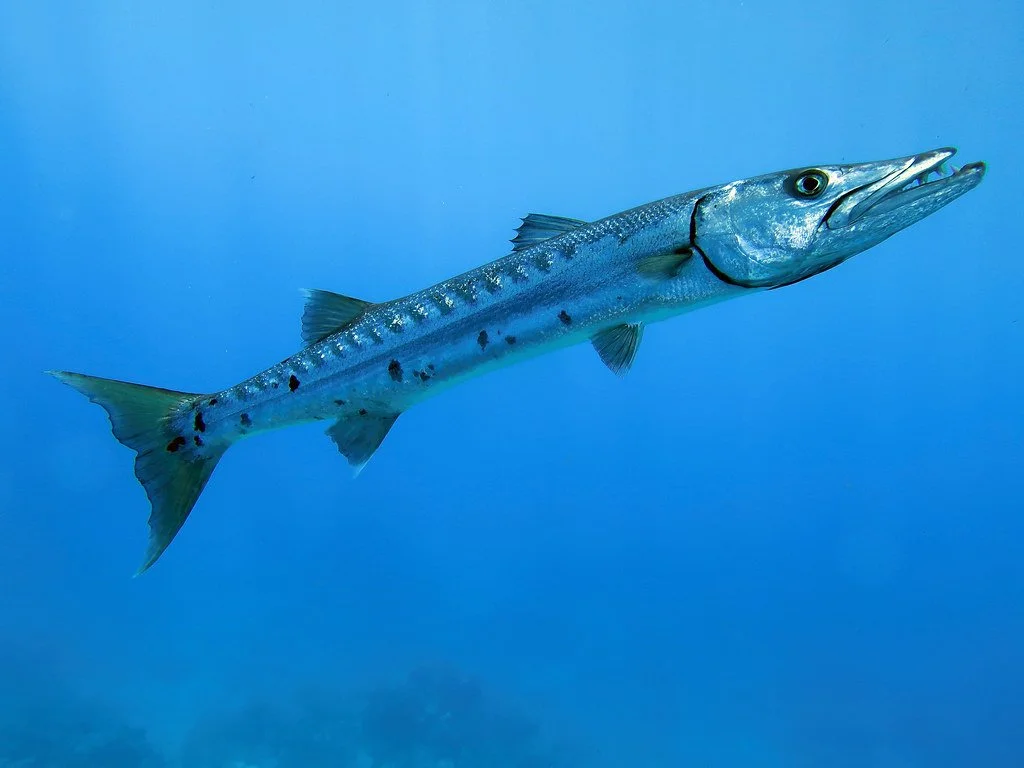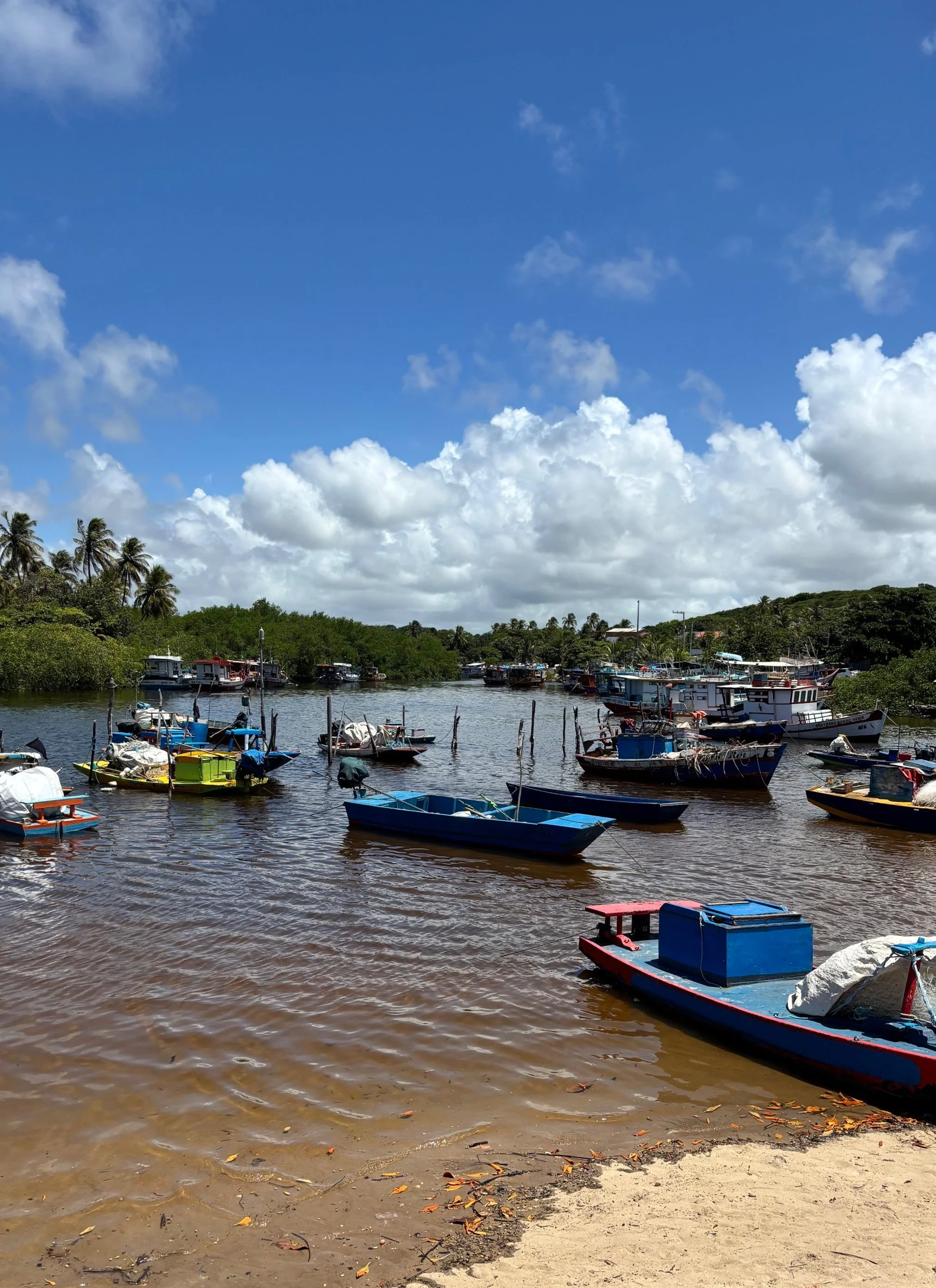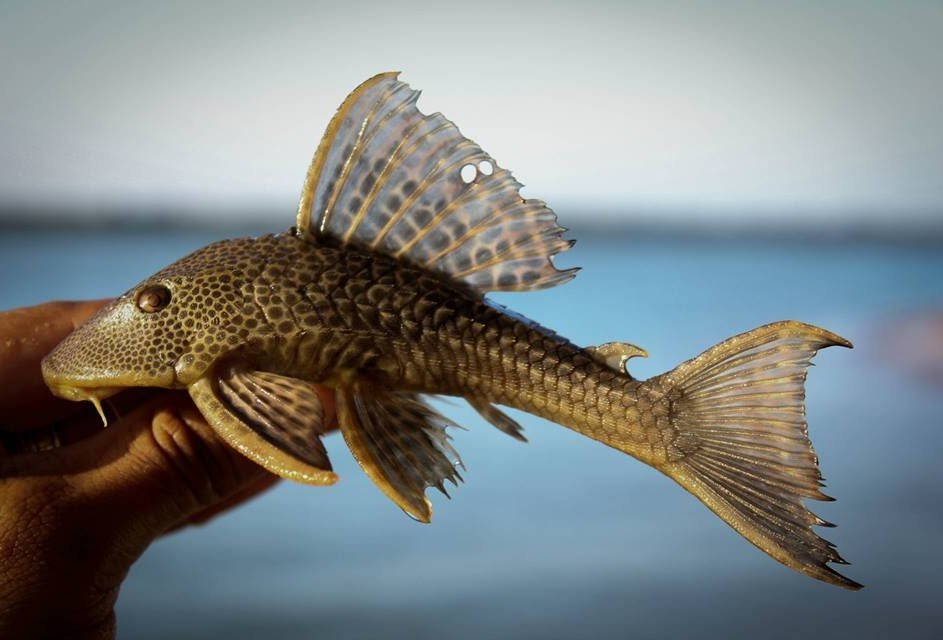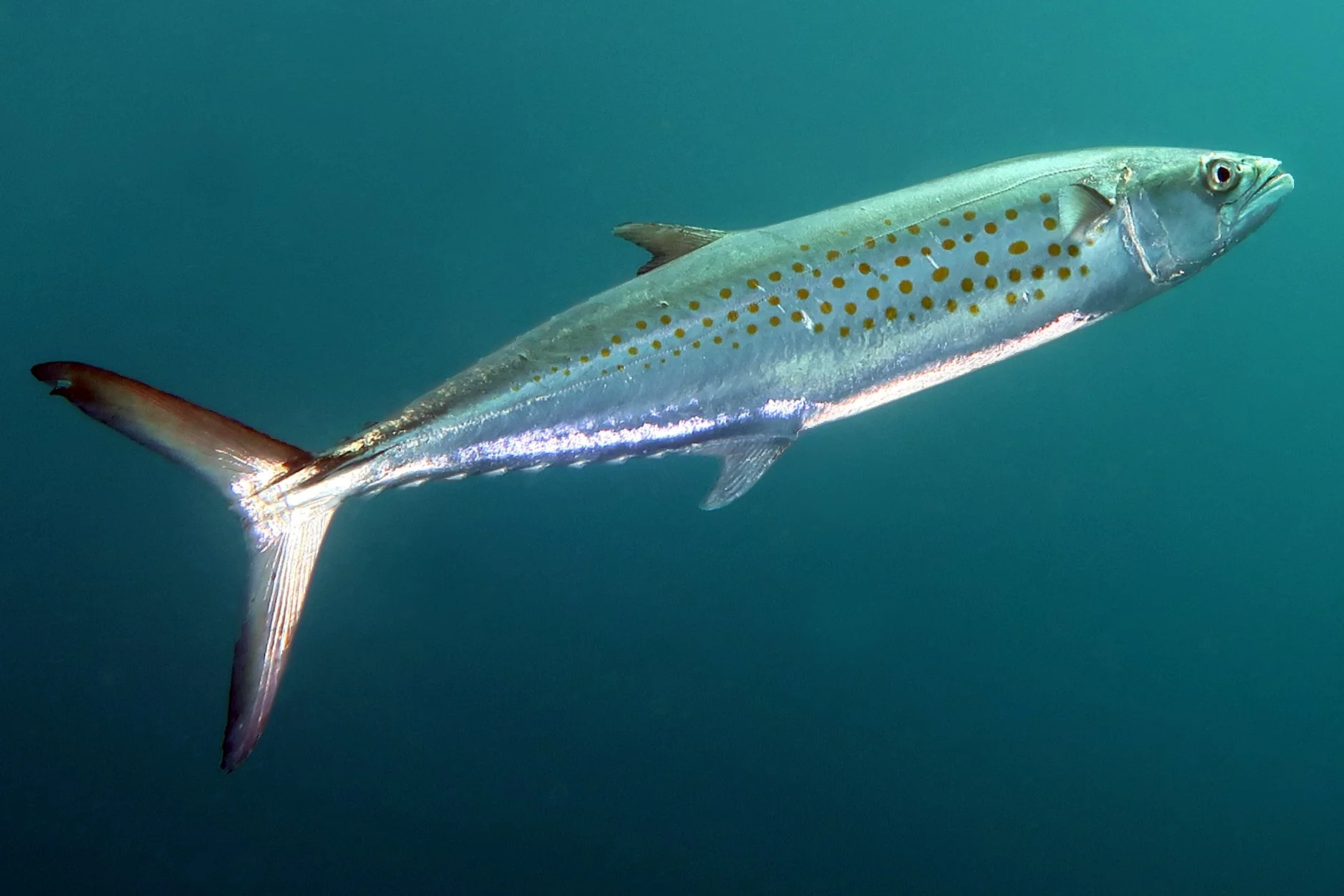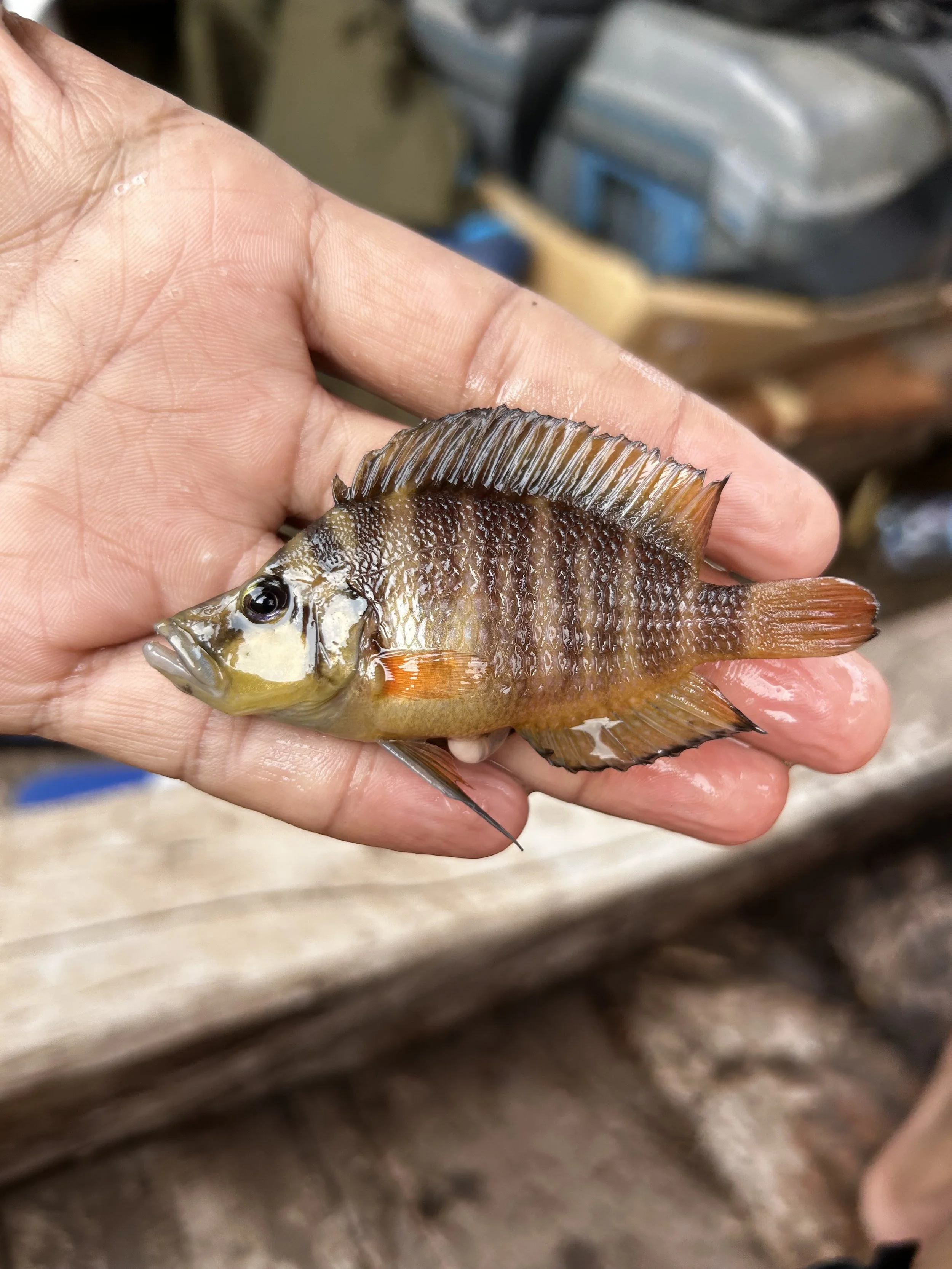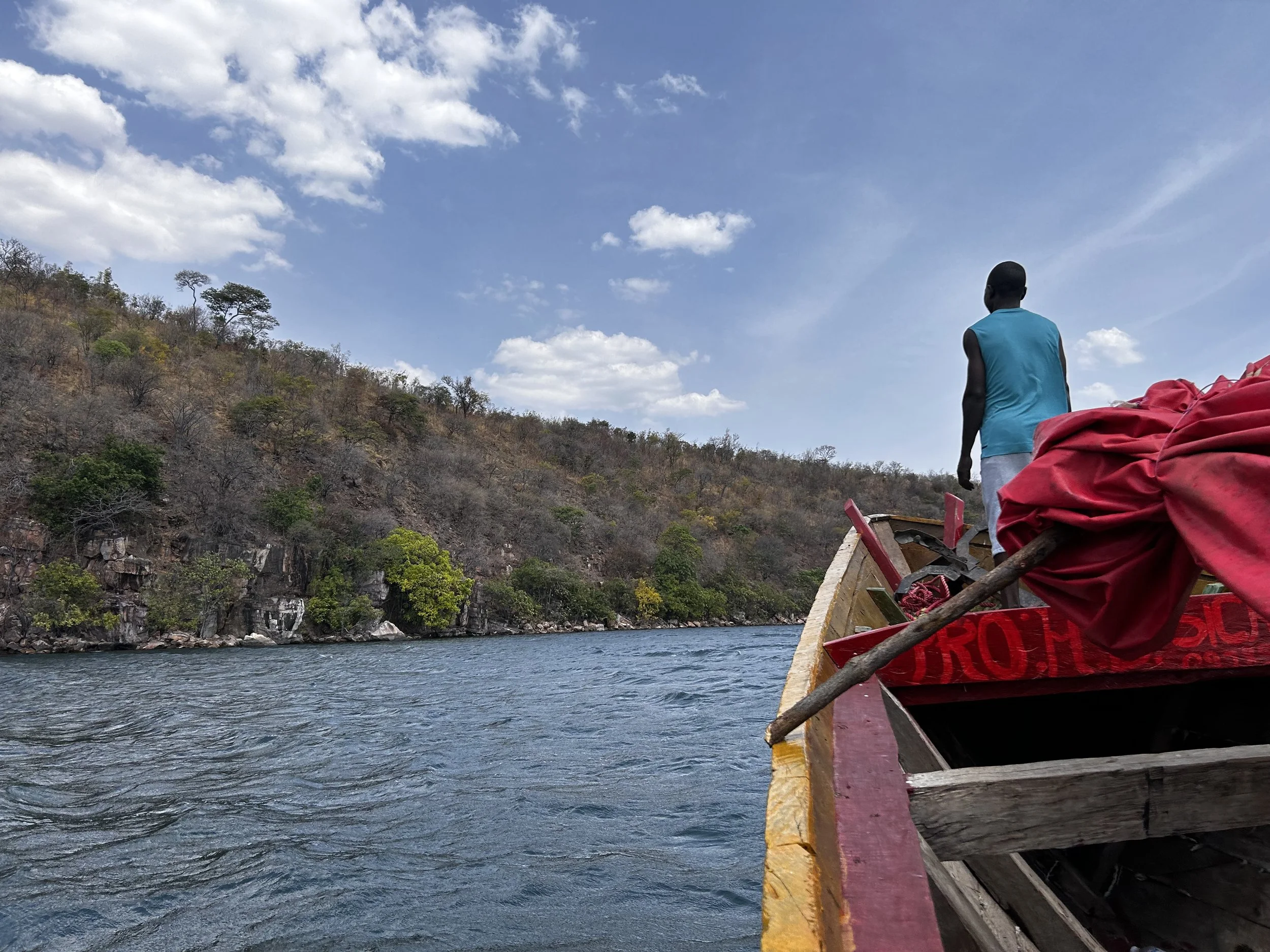My interest in fish biodiversity...
traces back to my childhood on the northeastern coast of Brazil. Back then, I could spend hours watching jangadas—traditional fishing boats—anchored on the sandy beaches of Tibau. In that desert-like landscape, nothing intrigued me more than a fisherman’s basket. Hairtails, tarpons, robalos, lookdowns, and pompanos were among the frequent catches. The astonishing diversity of these finned creatures captivated me and set the course for my future career.
As an undergraduate at the Universidade Federal do Rio Grande do Norte (UFRN), I received CNPq funding to study marine fish chromosomal evolution under the mentorship of Dr. Wagner Molina. This early experience gave me full ownership of a research project, from data collection to publication. My first paper revealed that chromosomal differences may act as post-zygotic barriers in two sympatric silverside species along the Brazilian coast—bringing me back to the beaches of my childhood, now as a scientist seeking to understand the biodiversity that first inspired me.
Amazon
I also carry a deep connection to the Amazon through my father, a native of the region who captivated me with stories of peacock bass guarding their young and silver arowanas lured with rotten eggs. Inspired by this heritage, I pursued my Master’s research at the Instituto Nacional de Pesquisas da Amazônia (INPA), joining Dr. Tomas Hrbek’s lab to develop a conservation study that adverts to the large number of undescribed endemic fish species in the Xingu and Tapajós Rivers—biodiversity hotspots now facing severe threats from large-scale hydroelectric development.
Fieldwork in the Amazon became a transformative experience. Traveling deep into remote tributaries with my hammock and fishing gear, I gained firsthand insight into the ecological and evolutionary forces shaping Neotropical fish diversity. On one expedition with Dr. Rupert Collins to the Nhamundá River—previously unexplored by ichthyologists—we discovered a new armored catfish, Pseudolithoxus kinja. We named it in honor of the Waimiri-Atroari people (“kinja” meaning “true people”), who have resisted displacement and continue to thrive in protected areas along the Uatumã River.
Carribean Reefs
Then the ocean called to me once again, and I embraced a “diadromous academic life,” which led me to join Dr. Ricardo Betancur’s lab for my Ph.D. There, I took a macroevolutionary approach to investigate how marine fish diversity re-emerged after the Cretaceous–Paleogene (K–Pg) mass extinction. We combined genome-wide molecular data with fossil evidence to build time-calibrated phylogenies for major acanthomorph lineages, which we then used to explore the tempo and mode of diversification across the Fish Tree of Life. By integrating comparative methods and large-scale genomic datasets, I addressed long-standing questions about body plan evolution and the role of convergence in shaping the extraordinary morphological diversity of marine fishes.
African Rift Lakes
After earning my Ph.D., I was awarded an EMBO Postdoctoral Fellowship to work alongside Dr. Walter Salzburger at the University of Basel. Together, we have investigated the molecular mechanisms behind the evolution of the diverse body plans in Lake Tanganyika cichlids, one of the most remarkable examples of adaptive radiation. Our research has highlighted how convergent genetic variation in developmental pathways has driven rapid morphological changes, providing insight into how fish adapt to new environments.
From the beaches of northeastern Brazil to the rivers of the Amazon and the shores of ancient lakes, my career has been shaped by a deep interest in the origins of biodiversity. This perspective continues to inform my research as I investigate the evolutionary processes underlying the exceptional diversity of fishes in our planet.
